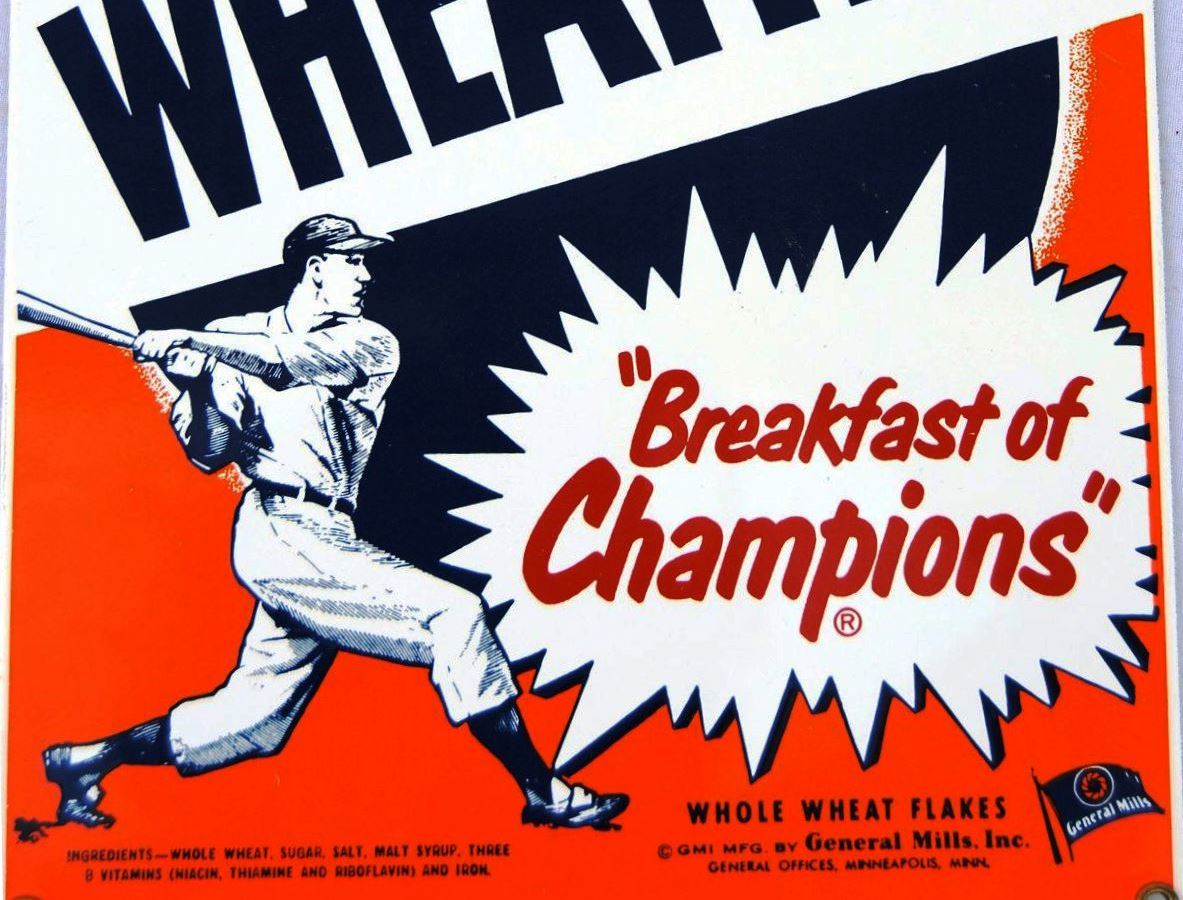The English language is resplendent with homophones—words which are spelled differently but pronounced alike. By some estimates, there are more than four hundred such conundrums. Examples are the words ail and ale, bate and bait, cheap and cheep, and so on.
My favorite pair is cereal and serial. A misuse of this duo gives a whole new meaning to the phrase cereal killer.
I recently struck a deal with our local newspaper to publish my latest novel in a weekly serial format. Now, thanks to a generous editor, local enthusiasts can read a serialized episode every Wednesday morning. Some of my more insightful followers have even taken to referring to the continuing story as their breakfast serial.
I have no intention of correcting them.
Taking my draft manuscript and dividing it into sequential 9,000-word episodes—each closing with an appropriate cliff-hanger—presented a unique challenge. The word count is essential so that each episode will fit on a single page of newsprint. In addition to the episode itself, each segment requires a “tickler” opening. For example, the tickler for Episode 11 (Missing Person) reads as follows:
“Mountain: A Cautionary Tale is an alternative history covering 1936-1941. Set along the Kansas-Colorado border, it’s the story of a misguided man, his star-crossed family, and an enormous public works project, gone terribly wrong. In Episode 10, Mountain workers helped Iris Hazelwood retrieve her luggage. In today’s episode, she expands the search for her missing brother.”
Moreover, each episode requires an image illustration which hints at the topic but doesn’t represent a spoiler. So, the serial has turned out to be quite a project, but well worth the effort since knowing each weekly episode will be read by a couple of thousand subscribers certainly compels me to keep the story fresh and moving.
Serializing a novel was once a widely accepted practice. As my editor, Stu Carlson, put it in introducing the concept on January 4, 2023:
“A note about serial novels – A serial novel is a work of fiction that is published in sequential chapters or episodes. In the early 1800s to the mid-1900s, serialization was a popular form of publishing. Works published in serialized form gave authors a much wider readership, since nearly everyone at the time read their local newspapers. Many works were later revised and published as complete novels. From “The Count of Monte Cristo” and “A Tale of Two Cities” in the 1800s to works like “In Cold Blood” and “Fear and Loathing in Las Vegas” in the mid-20th century, many seminal works of fiction began their lives as serials. The following is the first episode of a novel written by local author Don Benjamin. We hope our readers enjoy this limited weekly segment. Each episode can also be found at HighCountryShopper.com as they are released each week.“
If this blog topic has sparked your curiosity, you can join our local population in following along at this web link: https://www.highcountryshopper.com/spotlight/mountain/


Congratulations! What a fascinating project. Thanks for sharing!
Thanks. It has proven to be very popular locally and a stimulating way to craft a continuing story.